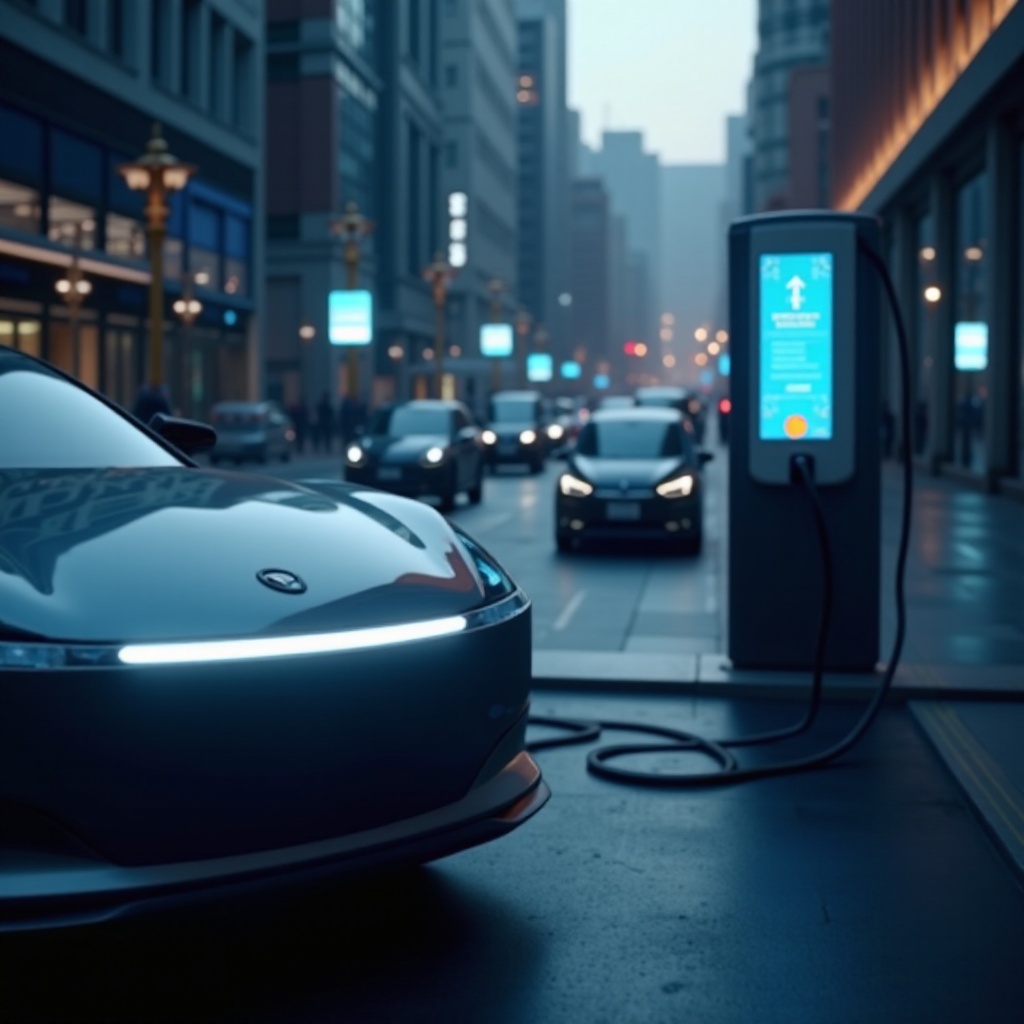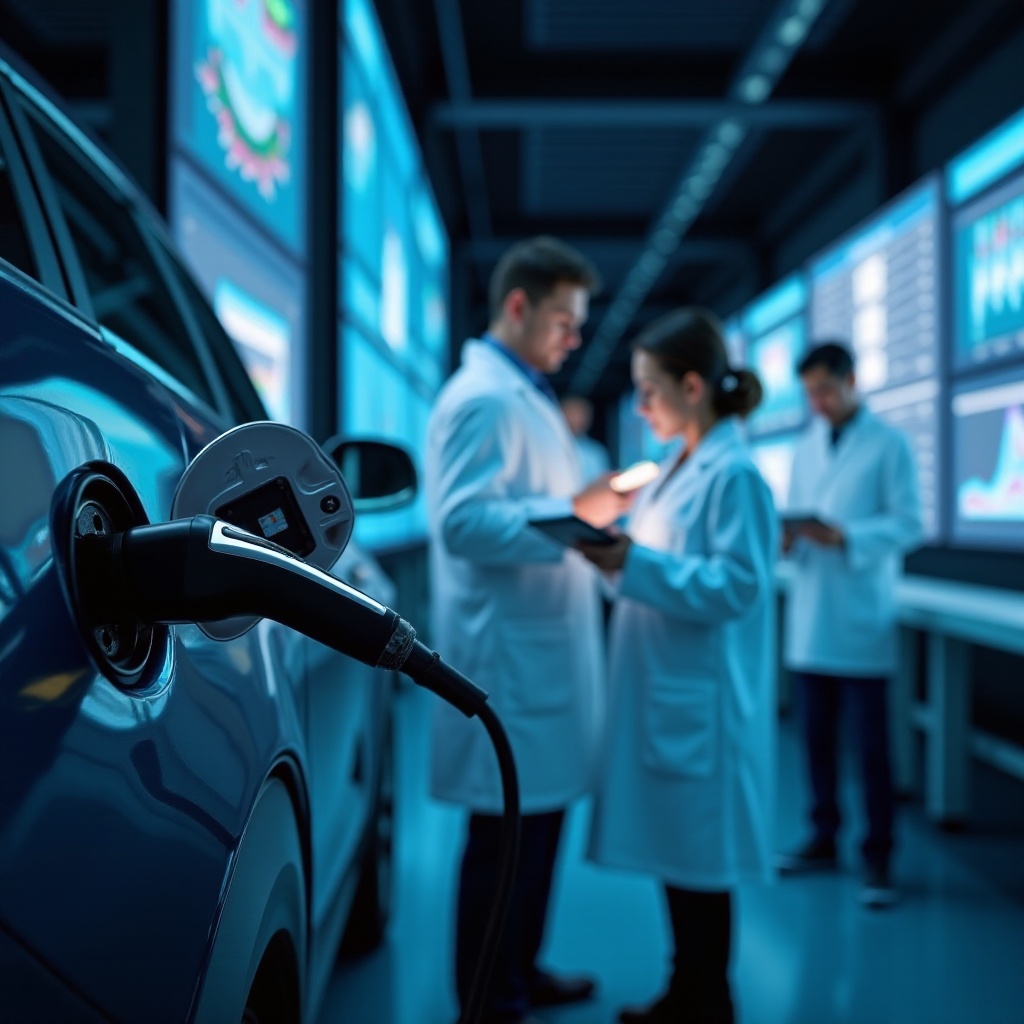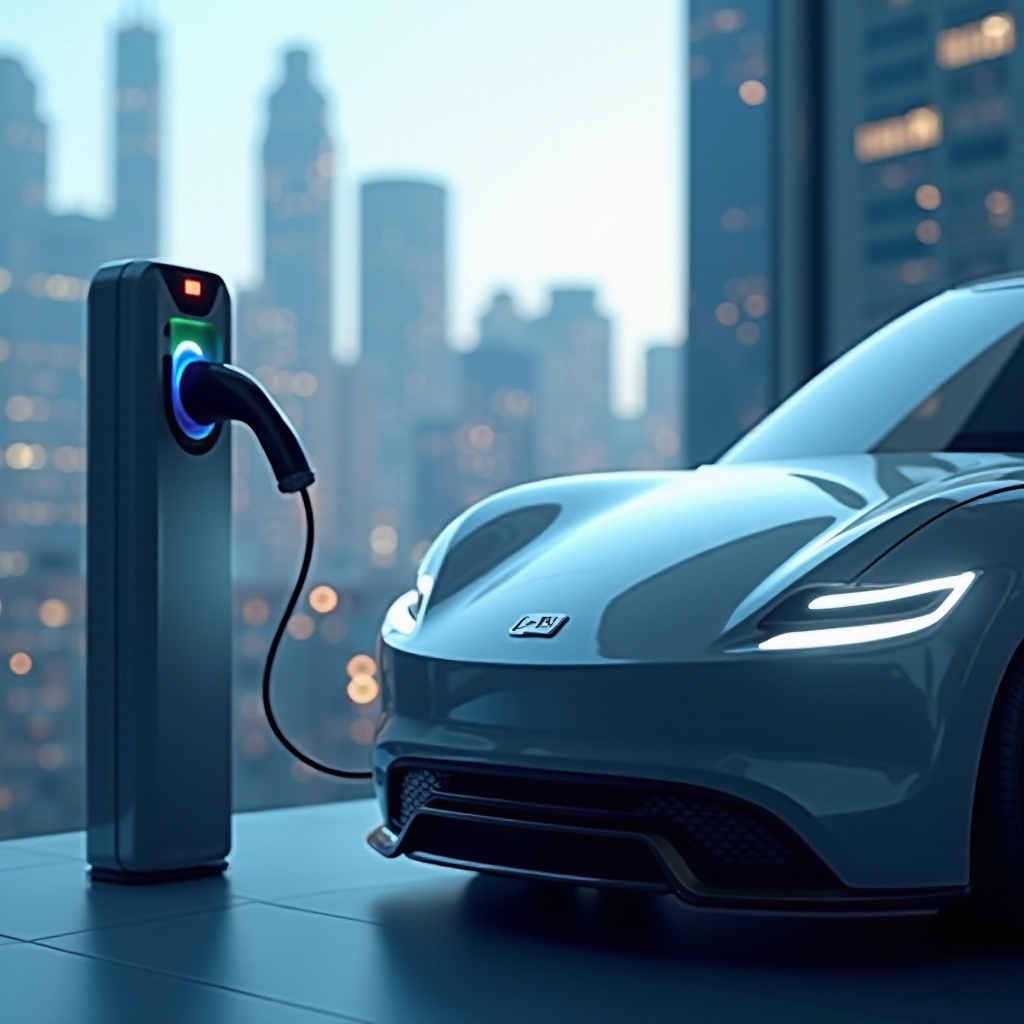Introduction
Electric vehicles (EVs) have revolutionized the automotive industry, offering sustainable alternatives to traditional gasoline-powered cars. With the rise of EVs, efficient and quick recharging methods have become essential. A widely discussed topic among EV owners is the impact of DC fast charging on battery health. While it offers convenience, there are concerns about potential long-term effects on EV batteries. This article aims to explore these concerns by examining the science behind DC fast charging, dispelling common myths, and providing best practices for EV owners.

Understanding DC Fast Charging
DC fast charging, also known as rapid charging, is designed to charge an EV battery significantly faster than standard chargers. Unlike traditional AC charging, which can take several hours, DC fast charging can recharge a battery to 80% capacity in roughly 30 minutes. This speed is a game-changer for long-distance drivers and those who need a quick boost during their daily routine.
The infrastructure for DC fast charging is expanding, with more charging stations being installed worldwide. As the technology becomes more accessible, it is essential to understand how it works and its potential impact on EV batteries.
How DC Fast Charging Works
DC fast charging bypasses the onboard charger found in EVs and delivers direct current (DC) power directly to the battery. This process involves converting AC power from the grid to DC power within the charging station itself. The converted power is then supplied to the battery at a high voltage, enabling rapid charging.
The high voltage and current levels used in DC fast charging result in quicker energy transfer, but not all EV batteries are engineered to handle this efficiently. Various factors, including the battery’s thermal management system and its chemistry, play a crucial role in determining how well an EV can deal with the stresses of fast charging.
Scientific Perspectives on Battery Degradation
Scientific studies have delved into the effects of DC fast charging on battery longevity. One key concern is the generation of excess heat during fast charging. High temperatures can accelerate battery degradation by causing changes in the battery’s chemical structure and potentially leading to thermal runaway, a condition where the battery consumes itself.
Another aspect to consider is the cycle life of a battery. A charge cycle refers to the process of charging and discharging a battery. Frequent use of DC fast charging might reduce the cycle life of a battery as it stresses the battery cells more intensively compared to slower charging methods. However, advancements in battery technology and thermal management systems are designed to mitigate these effects.

Common Misconceptions About DC Fast Charging
Several misconceptions surround DC fast charging, with many stemming from exaggerated fears or incomplete understanding of battery technology. Let’s address some of the most common myths:
-
Immediate Harm to the Battery:
Some believe that DC fast charging can instantly damage the battery. However, occasional use of fast charging is not inherently harmful. The technology is designed to be safe, and most EVs come equipped with battery management systems to handle the strain effectively. -
All EVs Experience the Same Level of Degradation:
Battery degradation rates can vary widely between different EV models. Factors such as battery chemistry, thermal management, and usage patterns can influence how a battery reacts to DC fast charging. -
DC Fast Charging Is Only for Emergencies:
While it’s true that frequent use might accelerate degradation, using fast charging during trips or when in a hurry is practical and generally safe. Balancing it with regular AC charging can minimize any potential harm.
Understanding these misconceptions helps in making informed decisions about utilizing DC fast charging without unnecessary anxiety.
Best Practices for Using DC Fast Charging
To maintain battery health while taking advantage of the rapid recharging capabilities of DC fast charging, consider the following practices:
-
Alternate Charging Methods:
Balance the use of DC fast charging with regular AC charging to reduce stress on the battery. Aim to use DC fast chargers mainly for long trips or when time constraints require a faster charge. -
Monitor Battery Temperature:
High temperatures are a significant factor in battery degradation. Avoid DC fast charging when the battery is already hot from use or when the ambient temperature is very high. -
Charge to Optimal Levels:
Avoid consistently charging your battery to 100% or letting it drop to 0%. Keeping the battery between 20%-80% can help prolong its lifespan. -
Stay Updated:
Ensure your EV software is up-to-date as manufacturers often release improvements to battery management systems and charging protocols through software updates.
Following these best practices can help extend the life of your EV battery while allowing you to benefit from the convenience of DC fast charging.
Future Trends in Battery Technology and Charging Methods
The future of EV battery technology holds promise for minimizing the impacts of fast charging. Innovations such as solid-state batteries, which offer improved energy density and safety, could revolutionize how we approach EV charging. Research is also ongoing into developing new materials that can withstand higher temperatures and faster charge rates without degrading.
Additionally, advancements in charging infrastructure, such as the integration of smart grid technology and more efficient cooling systems for charging stations, are expected to further mitigate any negative effects of fast charging. These developments aim to make the process safer, faster, and more efficient, all while extending battery life.
The advancements in battery technology and charging methods will create a more reliable and efficient fast charging experience. This progress underscores the importance of staying up-to-date with the latest developments to take full advantage of emerging technologies.

Conclusion
DC fast charging plays a crucial role in the rapid expansion of electric vehicles by providing the convenience of quick charging. While concerns about battery degradation exist, understanding the science, avoiding misconceptions, and following best practices ensure that EV owners can effectively use DC fast charging without significant harm to their batteries. As battery technology evolves, the prospects for fast charging becoming even safer and more efficient are indeed bright.
Frequently Asked Questions
How often should I use DC fast charging?
Balancing between DC fast charging and traditional AC charging is ideal. Use fast charging primarily for long trips or in urgent situations and stick to regular AC charging for daily use to prolong battery life.
Does every EV handle DC fast charging the same way?
No, differences in battery chemistry, thermal management systems, and overall design mean that EVs handle fast charging differently. Always refer to your specific EV manual for best practices.
What are the alternatives to DC fast charging?
Alternatives to DC fast charging include Level 1 (home outlet) and Level 2 (public or home-installed chargers) AC charging. These methods are slower but gentler on the battery, making them suitable for regular use.
